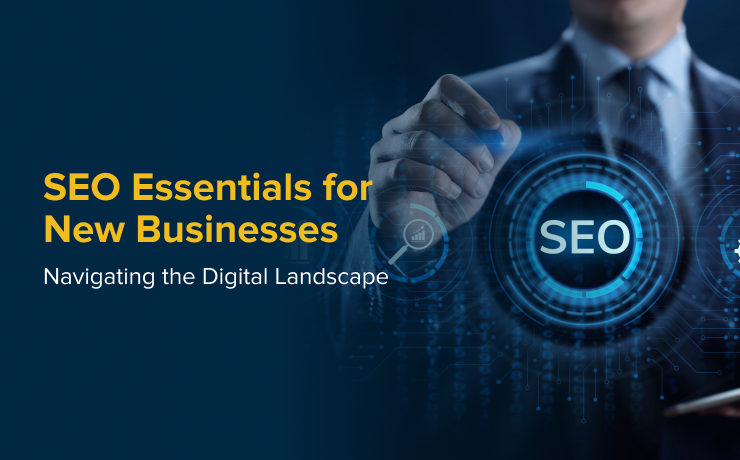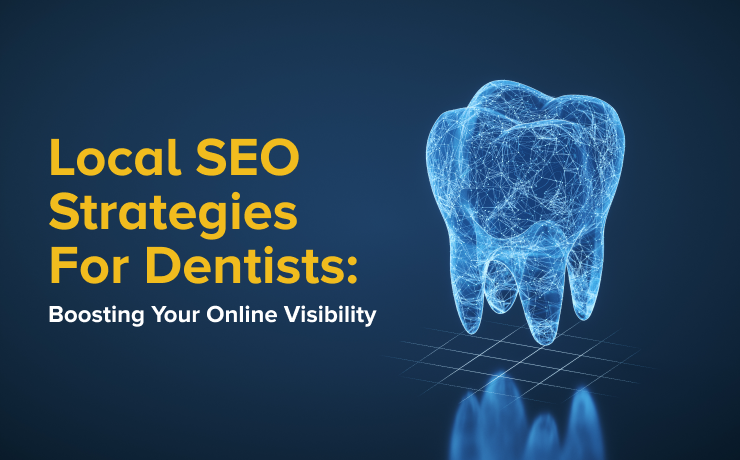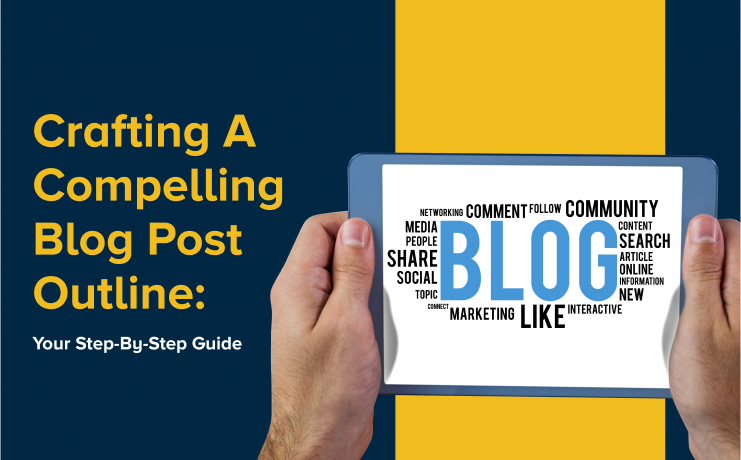SEO Essentials for New Businesses: Navigating the Digital Landscape

Brandy Hastings
Project Manager, SEO Strategist

1. What is the holistic marketing plan/buyer’s journey?
Fewer buyer journeys are starting with SEO. Most already have an impression about your brand before they search. So where are they going to get it?
Diversify your marketing plan
Suggest complementary marketing channels based on what works for the niche. (Ask an AM or Google it!) Social media, Influencer Marketing & PPC are big ones, but fully depend on the niche, so don’t be afraid to recommend services we don’t offer if you think they make sense for the brand & their target audience/buyer personas!
Consider if SEO is the best spend for your audience & budget
Clients shouldn’t put all their eggs in one basket, but if they must make sure SEO is the right one. SEO takes a while to heat up especially for national & e-commerce brands, so if your budget is super limited, be efficient with it. Seek out your clientele where they actually live. While local businesses live and die by the Google map pack, a fledgling ecommerce brand might be better served to sink some money into influencer marketing over SEO.2. Start with brand & trust building
2. Start with brand & trust building
Seems like a no-brainer, but in this day of get-rich-quick white-label dropshipping, it’s painfully common to get stuck marketing a half-baked brand with no clear identity or unique value proposition. This makes it incredibly difficult to select long-tail keywords that could have a chance of ranking and converting.
If the brand is generic, the keywords are generic. Generic keywords are HARD to rank for. Recommend business, branding or public relations consulting to help them flesh out their brand vision. Have a brainstorming session with the client, colleagues, or even ChatGPT about their products and how to market them!
If you can’t make a convincing case for why customers should choose you over the competition, they won’t.
Traditional link building/citations
Though not the strongest, these old school tactics still work well, especially for new websites. Lay a solid groundwork for the brand by creating profiles/citations at niche-relevant directories. Avoid keyword-stuffed anchor text, though. Branded links are preferred these days to keep a more natural-feeling backlink profile.
Thought leadership & authorship
Establish key members of the company as thought leaders. This helps establish authority & distinguish the site from fake brands that pop up with thousands of pages of AI generated content overnight.
- Participate in-person or online events that generate backlinks to the website.
- Create staff pages that link to identifying pages on the web, like personal websites, social media profiles, etc.
- Ensure blogs/articles are attributed to these thought leaders.
Digital PR & Content marketing
Start with a brainstorming session. What about the brand might be newsworthy or interesting? If nothing comes to mind, create something!
Enter contests & competitions. Offer a contest, give-away or small scholarship. Sponsor charity events that are likely to be mentioned in the news. Create a free tool people will find useful, so they keep coming back to your site. Conduct a study and publish your findings.
Create something that people can’t help but talk about & share. Reach out to reputable sites, and offer to write guest posts,
Reviews
Reviews are one of the most important ranking signals for local and ecommerce SEO, so be sure you know where the reviews are coming from, and how they get on the site. There are tons of SAAS solutions that help integrate reviews into your existing processes.
3. Flesh out content
Don’t get your cart before the horse
Start at the bottom of the marketing funnel and work your way up. Blogs and informational content are fantastic for driving traffic and establishing a credible brand, but this shouldn’t be prioritized at the expense of your key revenue-driving pages.
If you have a large marketing budget, you can target multiple phases of the user journey journey, but if your budget is more limited you should focus your attention on the most important pages first.
Select keywords within reach
Of course we all want to target the keywords with the most volume and purchase intent, but a keyword your site can actually rank #1 for is 10x better than a keyword you can only rank on page 3 for.
Make sure your goals align with what is reasonable for the domain authority for your brand. Focus on long tail, more specific searches for newer brands. If you’ve successfully defined your brand as mentioned in the previous step, this makes finding those keywords MUCH easier!
Leverage competitors successes
If your brand is new on the scene, it may be hard to visibility on the keywords that are most important to you. However if you’re going up against competitors that are well-established in the space, you can leverage their success by targeting their branded keywords!
Create content that focuses on an “[competitor] alternative” “[my brand] vs [competitor].” This strategy is extremely effective and perfectly legal as long as any claims you make about your or your competitors’ products are truthful and can be substantiated.
SEO can be a powerful growth engine, but it’s not a magic bullet—especially for new businesses. The most successful SEO strategies are the ones rooted in a strong brand, realistic keyword goals, and a clear understanding of where your audience lives online. Start small, stay strategic, and don’t be afraid to combine SEO with other channels that align with your niche and budget. As your brand matures, so will your organic presence.
 Free
Consultation
Free
Consultation Free
Google Ads Audit
Free
Google Ads Audit







